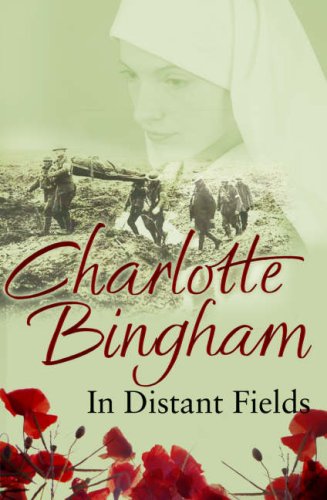In Distant Fields
This story follows a well-worn narrative path. The opening chapters are about a group of young people living the gilded life of the upper classes pre-1914. So much has already been written about this period that it did not make much impact on me. I could not remember who was who and who paired off with whom.
When the story turned to the outbreak of war, I found this to be the strongest part of the novel. The author really conveys the incredible atmosphere of the time: the euphoria of people in general and the manic enthusiasm of young men eager to enlist for ‘the party’.
The reality of trench warfare and the nursing of the wounded and dying are dealt with more softly, and I wondered whether the author played down the description of the horrific events deliberately to make the novel a more pleasant romantic read.
A postscript covers the lives of the group after the war. Inevitably, some of the men were killed, but this does not cast a great shadow over the weddings and happy ever after lives of the survivors. In fact, one death neatly solves an eternal triangle problem. So, all’s well that ends well.










